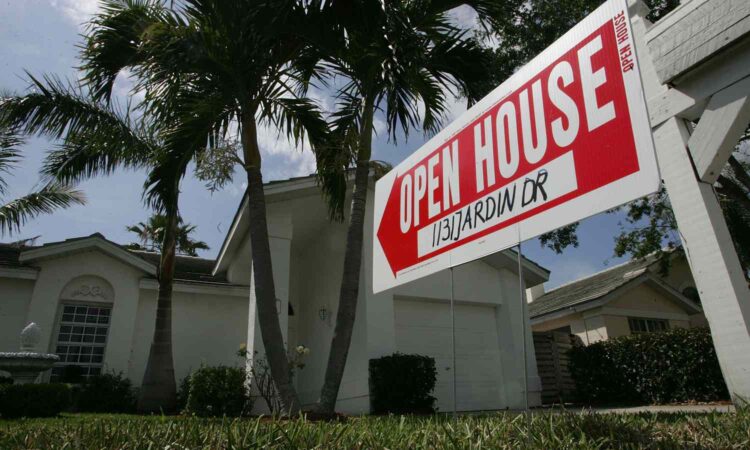
Federal Reserve Officials Emerge From ‘Blackout Period’
March 22, 2024 12:24 PM EDT
Federal Reserve officials made several appearances Friday, the first after their meeting concluded this week.
Officials are coming out of their “blackout period” in which they can’t discuss topics related to their policy decisions before and immediately after their meetings. While officials haven’t said much regarding their decision-making this week, a lineup of speakers next week could give additional insight into their thinking.
Fed Chair Jerome Powell, Vice Chair Philip Jefferson and Governor Michelle Bowman participated in a roundtable discussion with economy participants Friday morning but only briefly mentioned the Federal Open Markets Committee’s decision this week. Atlanta Fed president Raphael Bostic also made an appearance at a conference on household finances.
Next week, a lineup of Fed speakers is scheduled throughout the week, culminating in a discussion with Powell on Friday in San Francisco.
Congress Debates a $1.2 Trillion Spending Bill
March 22, 2024 11:39 AM EDT
Congress is debating a $1.2 trillion spending bill that would fund 70% of the government that must be passed before midnight to avoid a partial government shutdown.
The bill is currently with the House of Representatives and would fund Defense, Homeland Security, Labor, Health and Human Services, Education, State, and legislative branch operations through September 30. The Senate is expected to take up the bill as early as 1 p.m. Eastern Time, according to CSPAN.
Some Republicans in the House expressed their displeasure with the bill, and the party was seemingly split as votes were conducted.
This entry has been updated with new information on the progress of the bill.
Unlikely Shifts Would Be Needed For Home Affordability to Match Pre-Pandemic Levels
March 22, 2024 11:04 AM EDT
The “American dream” of home ownership is in serious trouble, and it would take a dramatic shift in the marketplace to bring it back within reach for most families.
To be specific: To make houses as affordable as they were on typical incomes back in February 2020, home prices would have to fall 40%, the average mortgage rate would have to plummet to an unheard-of 2.45% from its December 2023 average of 6.80%, or median household income would have to skyrocket to $129,096 from its December level of $77,730. A combination of those three factors would also do the trick, according to calculations by Investopedia.
Those figures highlight how far home affordability has soared out of reach for typical families since the pandemic hit. First-time buyers have been hit by a double-whammy of surging prices since 2020 and, since 2022, mortgage rates at or near their highest in decades, both of which have pushed monthly mortgage payments on typically priced homes well out of reach for all but high-earning buyers.
An index of home affordability created by the Federal Reserve Bank of Atlanta was, as of December, near its lowest point ever in data going back to 2006 at 72.8, with 100 being the level at which homes are affordable at typical incomes. By comparison, the index was at 106.7 in February 2020 before the pandemic touched off wild swings in prices, incomes, and mortgage rates which are the most influential factors in the index.
Read more about home affordability here.






